Lunch Seminars
Organizer: Jenna Conklin
Time: Thursdays 12:15-13:00
If you want to present at the Lunch Seminars, contact Jenna Conklin.
Autumn 2025
SEPTEMBER 11TH - Admin Workshop - TEO H1 Aud. 2
Joe Halsør
Mini-workshop on administrative tasks. This seminar is reserved for C-LaBL members.
SEPTEMBER 25TH - SVHUM B1004
Jakub Przybył
The foreign language effect on self-referential bias in bilinguals: Study design
This seminar presents the study design and invites feedback on the stimuli set for investigating the foreign language effect (FLE) on self-referential processing in bilinguals.
Abtract:
The FLE refers to the cognitive and emotional shifts that occur when individuals process information in a non-native language (Keysar et al., 2012), and is often linked to greater psychological distance and reduced biases (Zhang et al., 2023). Of particular interest here is the self-enhancement bias – the pervasive tendency to evaluate oneself more positively than others, manifesting, for instance, in the better-than-average effect.
The focus of the session is the stimuli set:
- 40 moral adjectives (20 positive, 20 negative) drawn from prior self-enhancement and personality research (e.g., Wojciszke, 2010; Goldberg et al., 2006);
- adjectives matched across Polish and English for valence, arousal, and familiarity (Liu et al., 2022);
- 40 filler adjectives (balanced in valence, non-moral) included to control for response bias.
A baseline from 40 L1 users (20 Polish / 20 English) is to be collected to norm the adjectives and finalise their selection. Participants will then assess whether they are more [given attribute] than others. This task will be completed twice – once in Polish (L1) and once in English (L2), with randomised presentation and reverse-coding of negative traits to capture self-enhancement tendencies.
OCTOBER 16TH - SVHUM C1004
Jenia Gutova
Berber languages and linguistics: overview of features and unresolved questions
Abstract:
In this talk, I will present a general introduction to Berber languages and linguistics, outlining their major grammatical features. The focus will be on Senhaja Berber – a group of related Berber dialects (or “varieties” if one wants to avoid the “dialects” vs. “languages” debate) spoken in northwestern Morocco. The linguistic data originate from fieldwork obtained both in the field (2013-2019) and remotely by working with Senhaja Berber speakers online (2020-2025). The talk will cover major features in Senhaja Berber phonology, morphology, and morphosyntax, including conjugated adjectives and movement of verbal clitics, among other topics. Throughout the talk, special attention will be given to various language-contact phenomena, as Senhaja is heavily influenced by Arabic in all language domains.
OCTOBER 30TH - SVHUM B1004
Antti Saloranta
Kventity – research on Kven phonetics and identity
Abstract:
In this talk, I will present the Kventity project (Kven, quantity and identity). It’s a two-year project (2025-2026) at the Department of Language and Culture at UiT, conducted by myself and professor Leena Maria Heikkola. The project consists of two main sub studies: 1) examining the phonetics and phonology of L1 and L2 Kven, with particular focus on quantity differences, and 2) the role of the Kven language for Kven identity in new learners.
The phonetics sub study uses archived speech material to examine the sound system of L1 Kven, focusing on the realization of quantity contrasts. This is contrasted with new longitudinal speech data collected from new Kven learners. The identity sub study consists of interviews of new learners with a focus on the role of the Kven language and its revitalization.
NOVEMBER 20TH - SVHUM B1004
Peter Svenonius
What is a word?
Abstract:
Pretheoretically, the word appears to be a fundamental unit of language, and much linguistic research operates on that assumption, for example counting words uttered, testing knowledge of words, measuring speed and accuracy of word recognition, measuring time elapsed from word boundaries, and so on. Languages are regularly described as having more or less morphology than other languages in one domain or another, and the very division of grammar into morphology and syntax is predicated on the assumption that there is a word. Given the centrality of the notion, it is a matter of concern that there is no widely accepted definition of word. In fact, the very notion has come under attack on multiple fronts, with both formal and functional linguists questioning its validity. In this talk I aim to clarify the outlines of the debate and the question of what is at issue.
DECEMBER 8TH - SVHUM B1004
Multilingual Musings team:
Denise Amankwah (University of Essex), Anastasiia Ogneva (UiT The Arctic University of Norway), Teresa Poeta (University of Essex), Colin Reilly (University of Stirling), Divyanshi Shaktawat (UiT The Arctic University of Norway)
Exploring terminologies and methodologies for researching multilingualism
This workshop is the culmination of a YERUN-funded collaboration between the University of Essex, the University of Stirling, and UiT The Arctic University of Norway. In the Multilingual Musings project we have been exploring how multilingual repertoires are conceptualised across different linguistic sub-disciplines, and we’d now like to open up this conversation to our wider networks.
During the workshop we will:
-
present the project and share our ongoing research
-
host a panel discussion with invited colleagues
-
finish with a Q&A discussion
Workshop Themes:
-
terminology used to discuss linguistic repertoires (e.g. ‘First/ second language’; ‘heritage language’; community languages’; etc) and its suitability
-
current methodologies used to research multilingualism
Panel Speakers:
Dr Tracey Costley (University of Essex)
Dr Clare Cunningham (York St John University)
Prof Nancy C. Kula (Leiden University)
Prof Yulia Rodina (UiT The Arctic University of Norway)
This workshop is part of the C-LaBL lunch seminar series and co-organised by the Linguistics and Society Research Group at Stirling.
Spring 2025
JANUARY 23RD - B1004
Marie-Josée "Joe" H. Halsør
C-LaBL Admin Workshop
JANUARY 30TH - B1004
Kirill Erin
Mastering the Flanker: The Impact of Multilingualism
Background: Multilingualism has been linked to enhanced cognitive aging. This study investigated how the degree of multilingual engagement, quantified by Multilingual Language Diversity (MLD) scores, influences cognitive control and brain activity in older adults.
Methods: Using EEG, we examined 122 Norwegian-English bilinguals (ages 18-82) during a Flanker task. We assessed the impact of MLD on task-related neural activity (alpha band suppression) and behavioral performance (congruency effect).
Results: Higher MLD was associated with more efficient inhibitory control, reflected in smaller congruency effects and reduced alpha band suppression during the Flanker task.
Conclusions: These findings suggest that the degree of multilingual engagement may contribute to enhanced cognitive function in older adults by improving inhibitory control and optimizing neural processing.
FEBRUARY 13TH - B1005
Pablo Bernabeu
Unpacking ERP Responses in Artificial Language Learning
Abstract:
Third language acquisition often involves morphosyntactic transfer from previously acquired languages. Research suggests that crosslinguistic influence follows systematic patterns, with attention playing a role in selecting the source of transfer. This study investigates morphosyntactic transfer longitudinally using artificial languages distributed between groups in two sites: Norway (Mini-Norwegian and Mini-English) and Spain (Mini-Spanish and Mini-English).
The study consists of six sessions. Session 1 assesses attention-related executive functions and language history. Session 2 begins with resting-state electroencephalography (EEG) to measure attentional skills, followed by training on gender agreement (present in Norwegian and Spanish). Sessions 3 and 4 introduce differential object marking (present in Spanish) and verb-object agreement (absent from all three languages), respectively. Each session includes vocabulary pre-training, grammar training, a behavioural test, and an EEG experiment measuring event-related potentials (ERPs) in response to grammatical violations in a grammaticality judgement task. Session 5 reassesses cognitive measures, and Session 6, after four months, tests retention of all grammatical properties.
This presentation will focus on preliminary results with a methodological emphasis. We will first examine accuracy in the grammaticality judgements, which was generally high, before analysing a consistent P600-like effect associated with a control violation involving misplaced definite articles (e.g., thebook), relative to a grammatical condition (e.g., the book). This effect likely reflects increased attentional demands during syntactic processing. Notably, this control effect is observed across artificial languages, sessions and brain regions (with greater strength in medial and posterior regions), providing a reference point for evaluating the ERPs associated with the grammatical properties of interest. After demonstrating and discussing this comparison, forthcoming analyses will be outlined, and feedback will be welcome.
FEBRUARY 20TH - B1004
Kamil Długosz
Bidirectional interactions between symmetric and asymmetric grammatical gender systems in bilingual language comprehension and production
Abstract:
The aim of this talk is to present the BISAGS project, which investigates bidirectional interactions between two grammatical gender systems during language production and comprehension in Polish native speakers learning German or Danish. Polish is structurally similar to German, as both languages distinguish three gender classes (masculine, feminine, and neuter), whereas Danish differs by distinguishing only two (common and neuter). BISAGS also examines factors that may modulate these interactions, including L2 proficiency level, linguistic context (bare noun, noun phrase, sentence), and cognate status. The project employs both comprehension and production experiments, such as translation recognition and picture naming, as well as visual world eye-tracking.
In this talk, I will present the first results from a gender decision task. We tested 37 late unbalanced Polish-Danish bilinguals across varying proficiency levels and compared them to a baseline group of 38 Polish-German bilinguals, whose gender systems are symmetric and similar. The results suggested no effect of the Polish gender system on Danish, even for neuter gender, which is present in both languages. In contrast, Polish-German bilinguals showed clear lexical gender congruency effects influenced by their proficiency in German. Additionally, both groups struggled with neuter gender assignment. These findings suggest that in the bilingual mental lexicon, asymmetric and dissimilar gender systems are represented autonomously.
MARCH 20TH - B1004
Yulia Rodina
Direct objects in child heritage language speakers of Bosnian and Serbian in Norway
APRIL 3RD - E0105
Brechje van Osch
Gender assignment in unlingual and code-switched speech in German-Italian bilingual
APRIL 10TH - B1004
Pouran Seifi
Preliminary Data Analysis of Cross-Linguistic Influence in Multilingual Sentence Processing: Insights from Eye-Tracking and Grammaticality Judgments
MAY 8TH - b1004
Yulia Rodina
Flere språk til flere
MAY 15TH - B1004
Camilo R. Ronderos
The social dimension of mindreading: Developmental evidence for the role of social categorization during utterance interpretation
JUNE 5TH - B1004
Jade Sandstedt
Multilectal influence on reading: Language, Brain and Learning
Lenke til denne siden
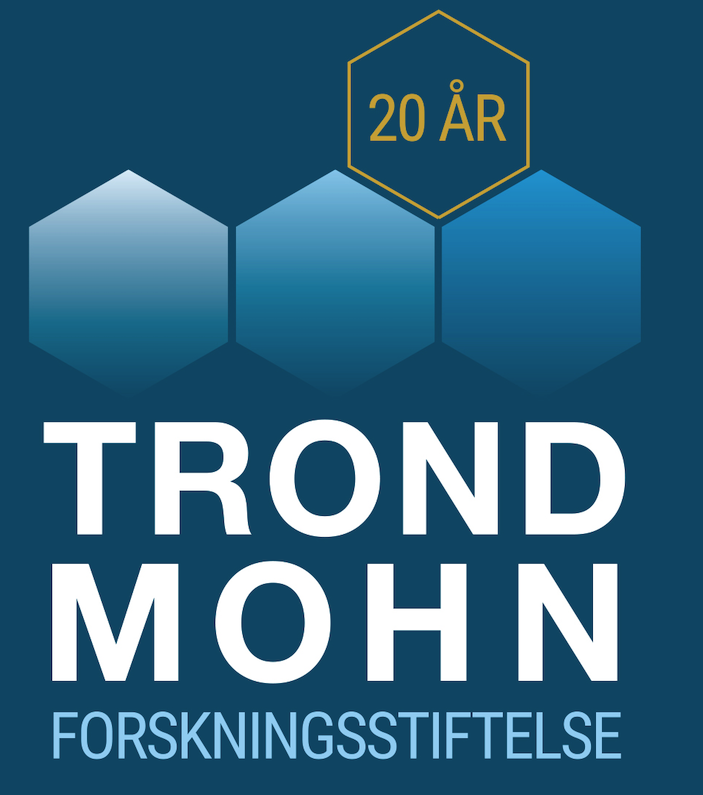

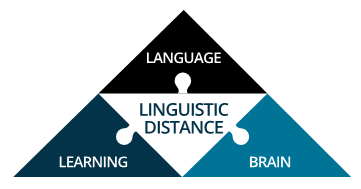
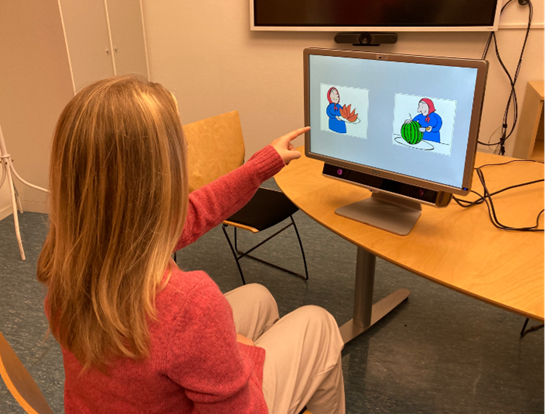
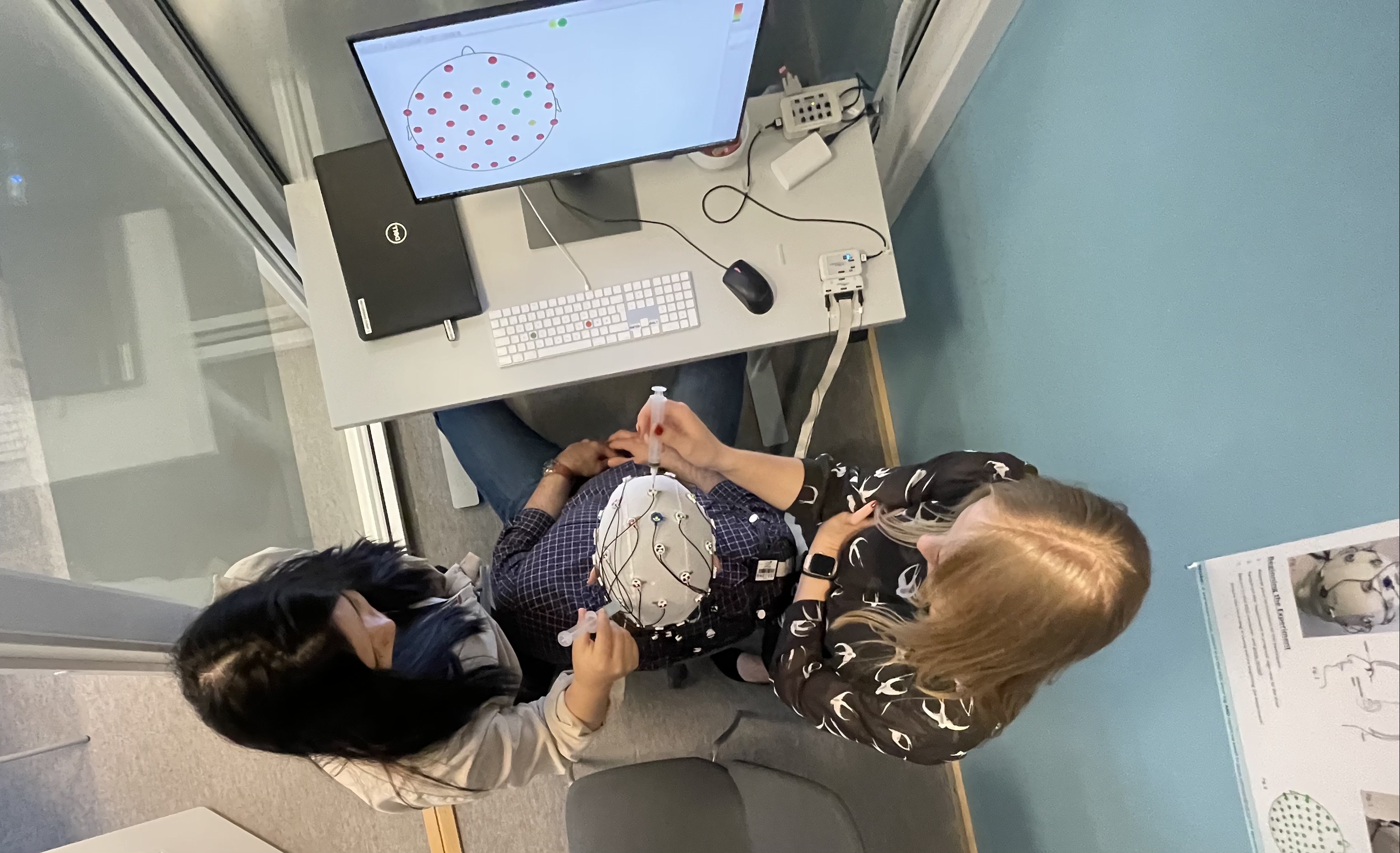
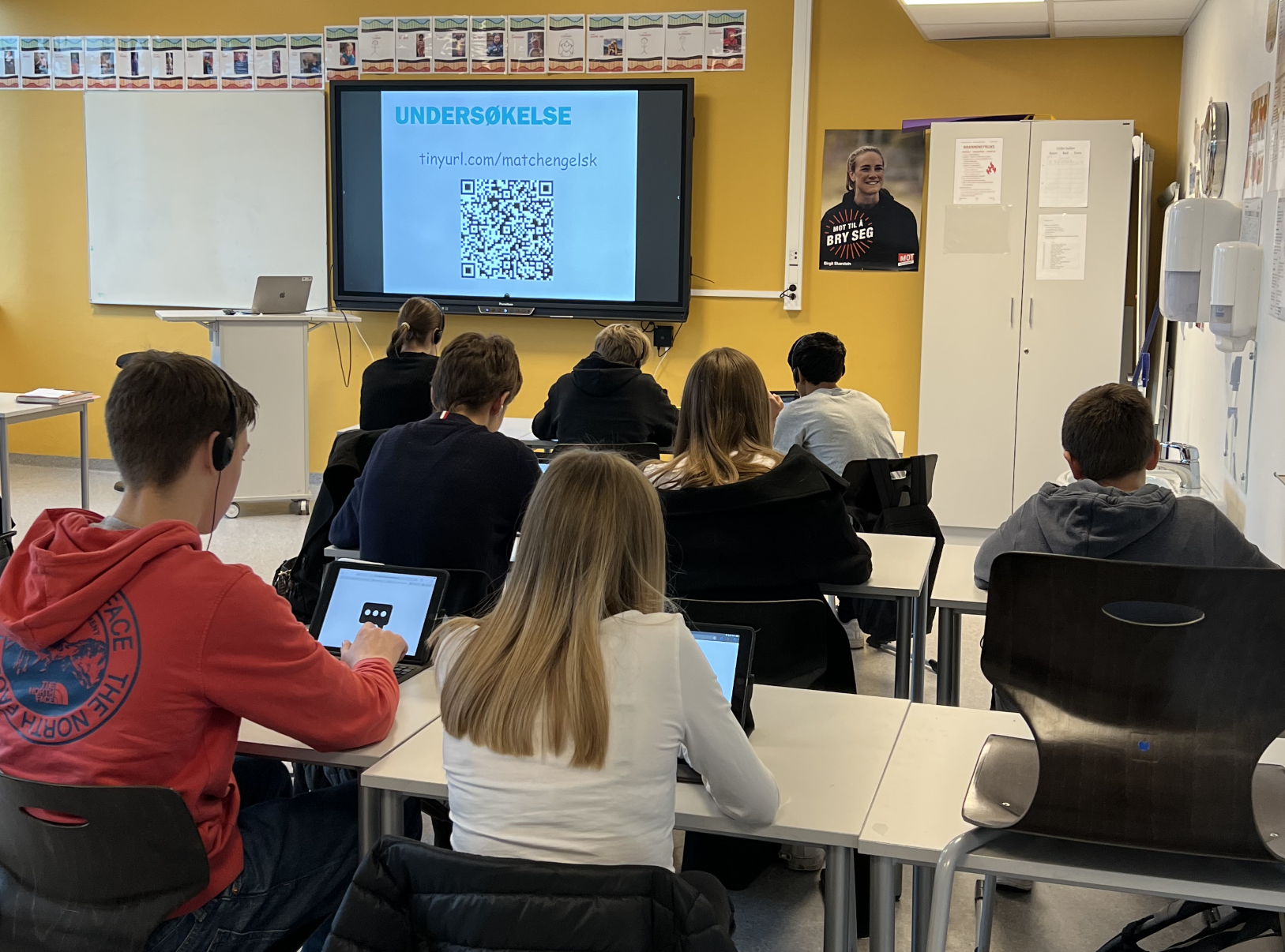











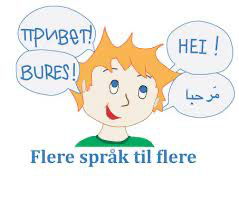 Flere språk til flere
Flere språk til flere 


